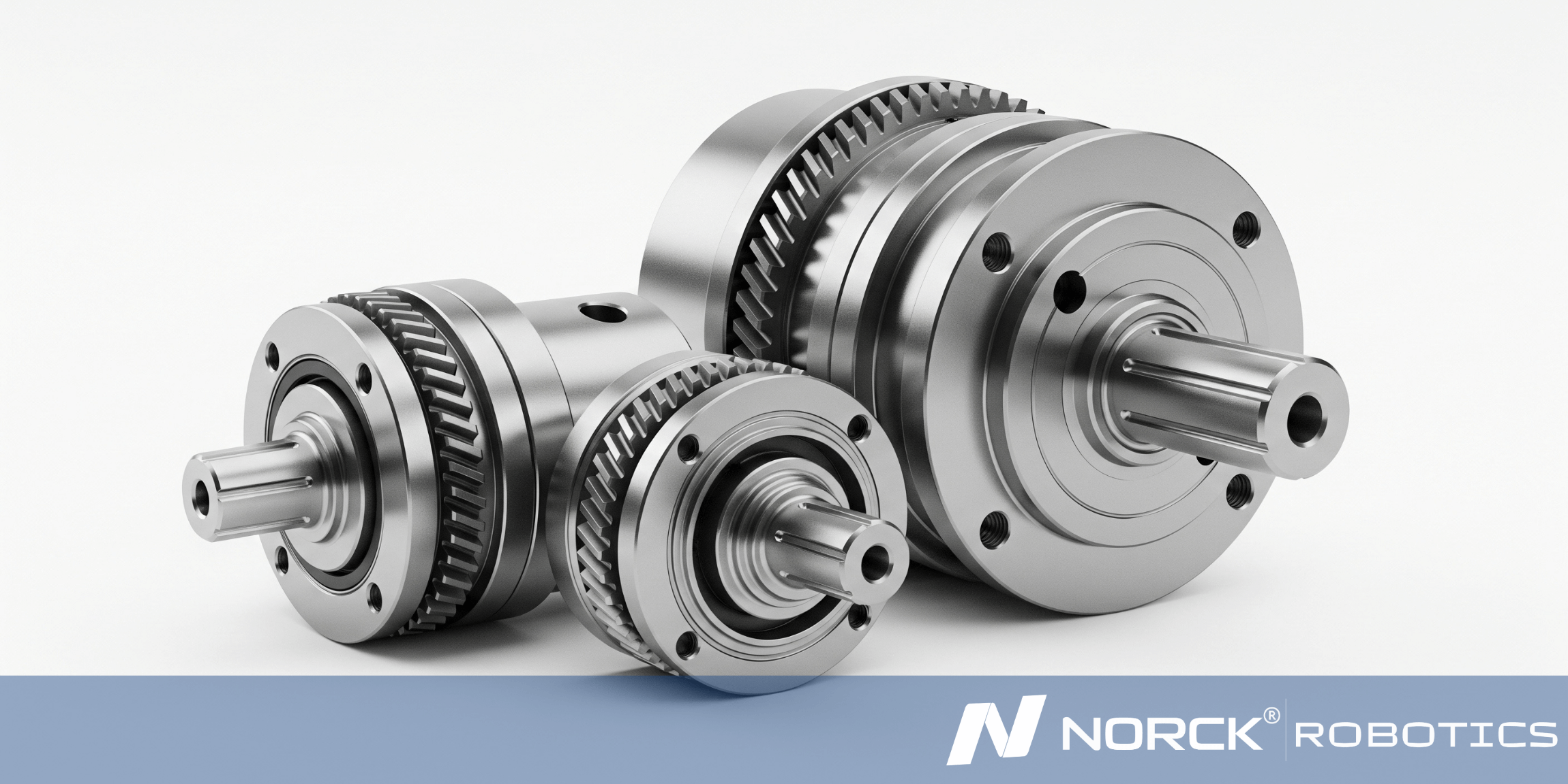
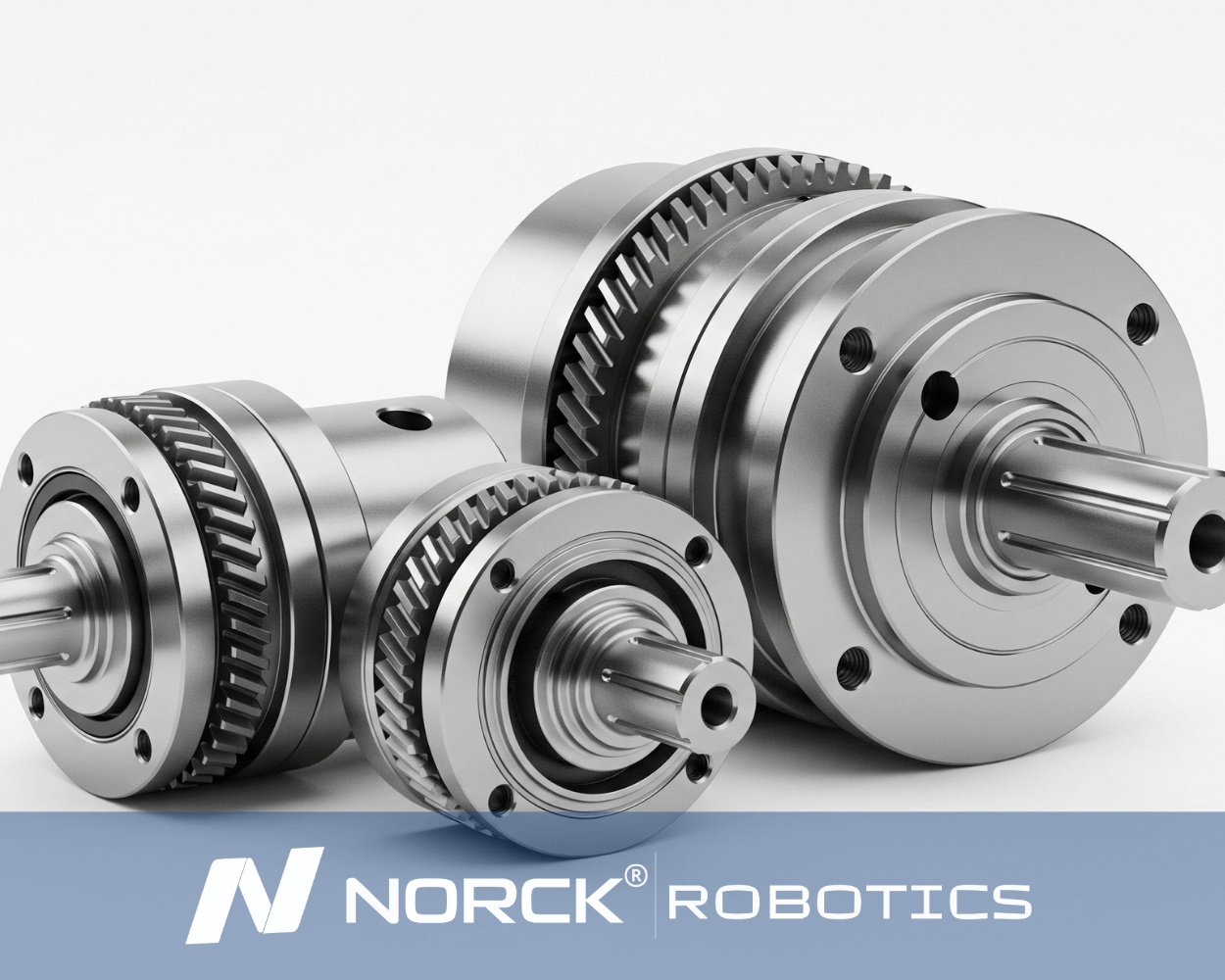
Ready to automate your future? Get a quote from Norck Robotics now!
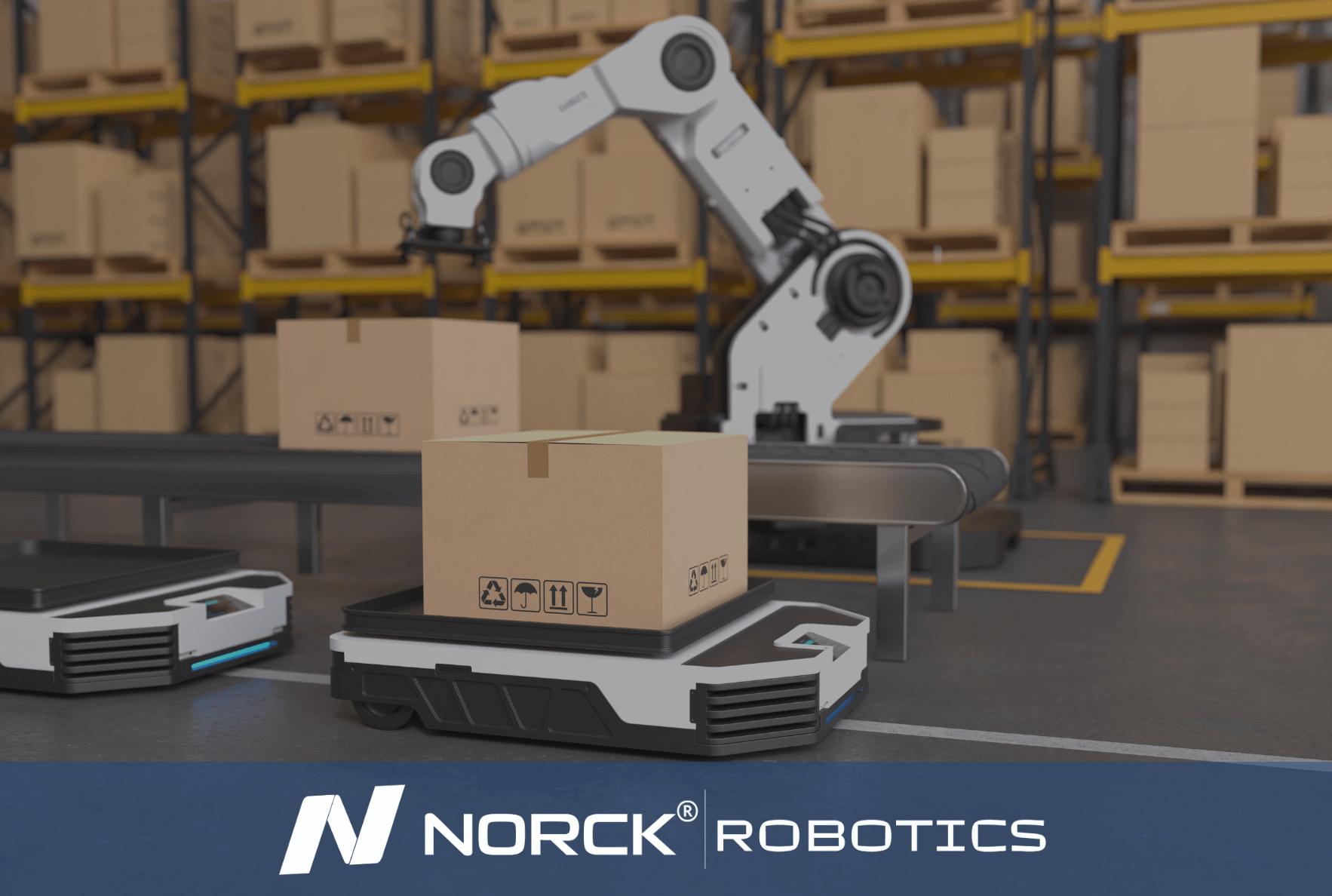
Norck Robotics specializes in providing unique robotic automation and engineering solutions designed to meet the specific operational needs of each client. Our expertise covers a wide range of industries and applications.
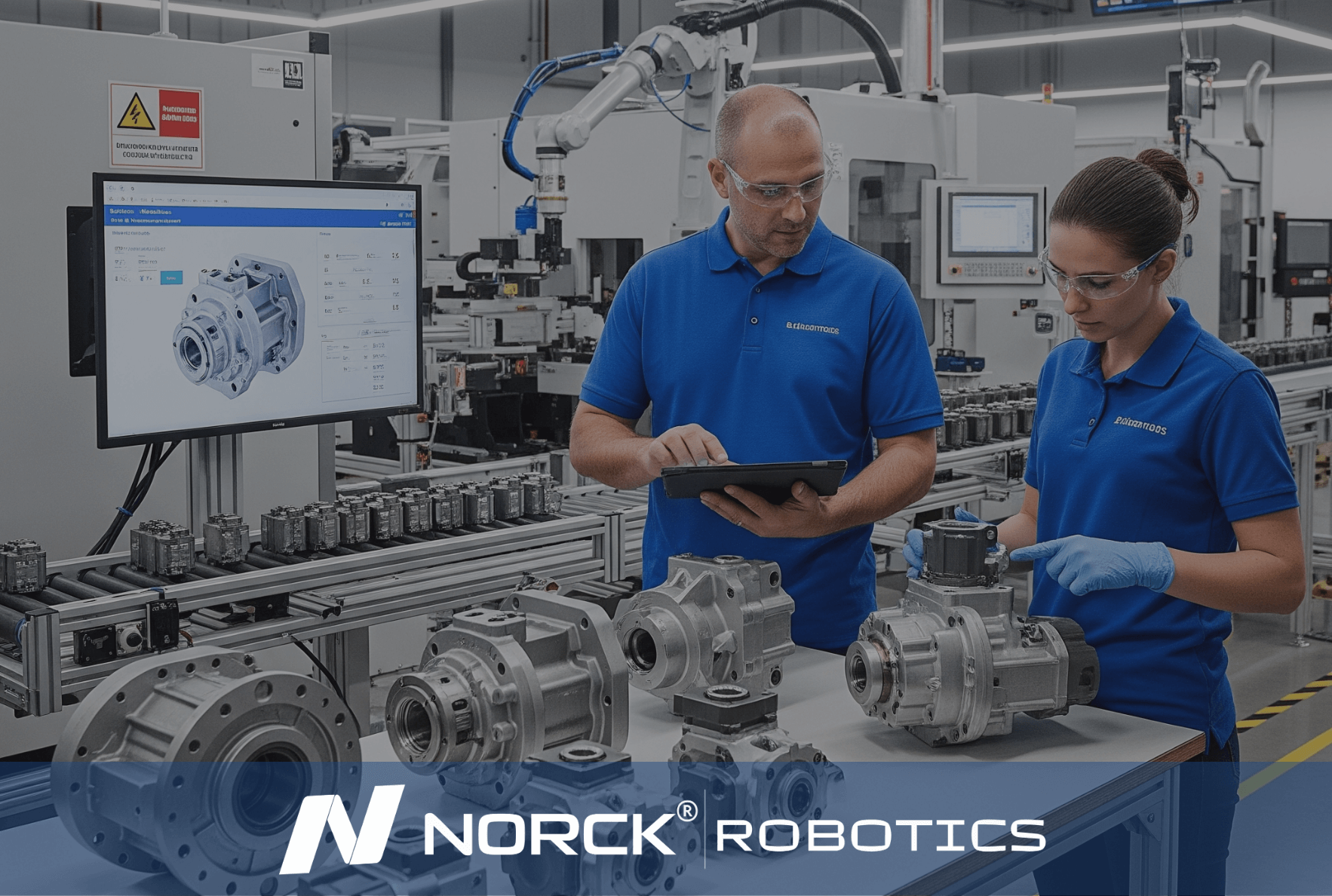
Norck Robotics delivers turnkey robotic automation and engineering solutions tailored to your specific needs across various industries.

Whether you need a single robotic cell prototype or full-scale factory automation, Norck Robotics engineers are ready to collaborate with you to bring your concept to life.

Norck Robotics engineers analyze your existing processes to provide feedback that enhances efficiency, cost-effectiveness, and productivity for robotic integration.
Harmonic Drives or Strain Wave Gears are the gearing mechanisms for transmitting motion as compactly, efficiently and with minimum backlash. The system basically consists of three parts - the wave generator, flexible spline and circular spline.
Key Components:
It is usually an elliptical cam fitted into the flexible spline. Strain is generated here which is how the term strain wave comes into play, as the cam will bend the spline to create this interesting motion.
It is the thin flexible gear that engages with the circular spline. The spline is acted upon by the wave generator to distort and engage it with the circular spline.
The rigid gear with fewer teeth than the flexible spline. The strain injected into the two splines by the wave generator causes them to engage with high efficiency.
An exceptional drive system is the Harmonic Drive Rotary Actuator lockout assistance, which carries exclusively high torque and very little backlash. In fact, making it an incredible actuator for precision applications. Some of the considerations that present it most suitable for robotics, aerospace, and automation systems include compactness and provision to a gain of great overall reduction ratios without much mechanical complication.
Advantages:
Harmonic drives convert input motion to output motion extremely efficiently in a small form factor.
They transmit high amounts of torque at low backlashes giving the smoothest controls ever.
Such a feature is paramount in applications that require high precision such as robotics and motion control.
Applications:
Used in robotic arms, humanoid robots, and other precise motion systems.
Essential in satellite positioning systems and all other aerospace applications having a low weight-to-performance ratio.
Used in machines that need actuation for motion with compact and highly reliable actuators.
Thus, the Harmonic Drive (Strain Wave Gearing) mechanism provides an excellent solution for any application requiring high precision, compact design, and very high torque output. The Harmonic Drive Rotary Actuator is a critical element in the modern world of robotics and in many advanced engineering systems, supplying greater performance and reliability.

In addition to its own expert engineering team, Norck Robotics provides access to a network of hundreds of top-tier system integrators, robot manufacturers, and component suppliers across the United States, Germany, and Europe.

Working with Norck Robotics reduces dependency on manual labor, increases production consistency, and secures your operations against unforeseen disruptions, quality issues, and fluctuations. This enhances your company's supply chain resilience.
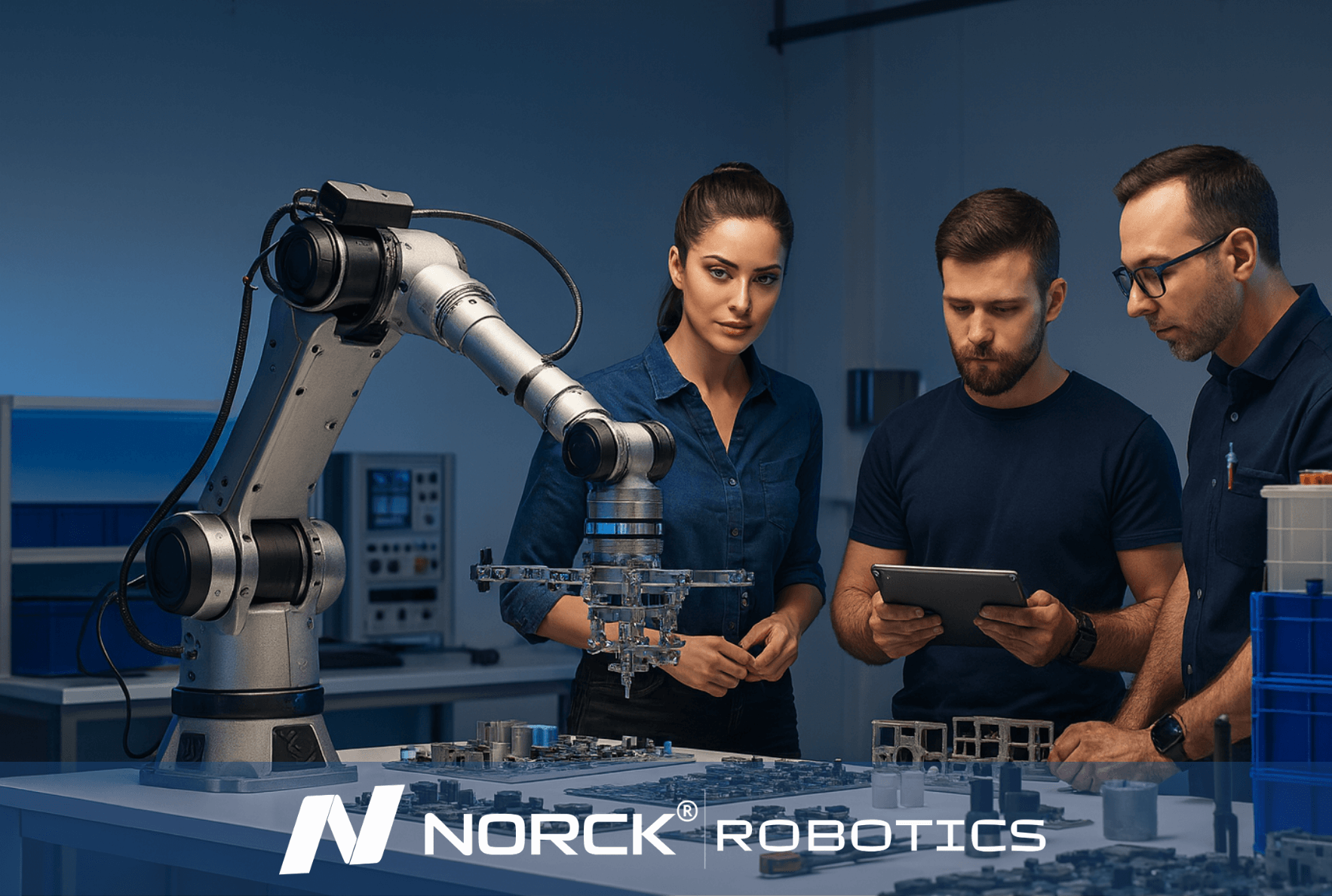
Norck Robotics advances digital automation by developing custom-designed robot grippers, advanced vision systems, and innovative simulation software. With an AI-driven, data-centric approach, it enables smarter system design, optimal performance, and predictive maintenance solutions.
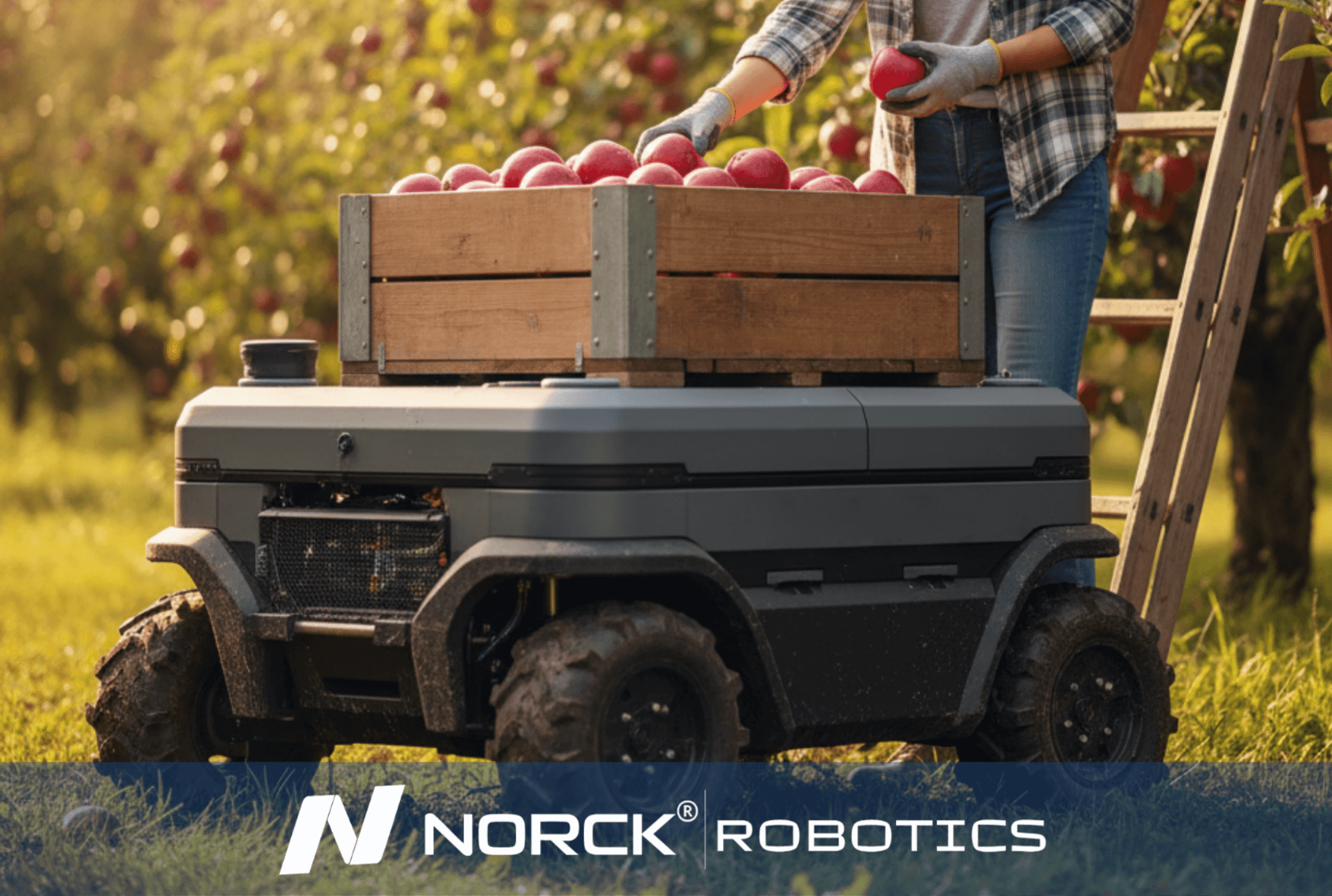
Norck Robotics encourages its partners to be carbon-neutral by reducing energy consumption and material waste through the efficiency of robotic automation, and prioritizes environmentally conscious suppliers.
Precision movement and zero backlash are critical for applications including robotic wrists and camera gimbals. Any backlash (or slack or play between gears) in such systems would create inaccuracies and degrade performance. Harmonic-drive rotary actuators are often selected for the very low backlash with the added benefit of applying torque with little slippage.
In this case, robotic wrists need this precision for handling delicate tasks and achieving accuracy in motion control. Similarly, a low-backlash design leads to a stable camera gimbal with no jitter so as to maintain optimal image quality. Harmonic drive rotary actuators have assured exceptional reliability for these applications, limiting wear and guaranteeing performance consistency over time.